DSOCC Waste Paper
Did you know that every year, millions of tons of waste paper find their way into landfills? Despite the rise of digital information consumption, the world still relies heavily on paper for various applications. However, the good news is that we can significantly reduce this environmental impact by adopting sustainable practices. In this article, we will explore the world of DSOCC waste paper and how it can pave the way for a greener future.
What is DSOCC Waste Paper?
DSOCC, short for Double Sorted Old Corrugated Containers, refers to a specific grade of waste paper that is commonly used in recycling. It consists of used cardboard boxes that have already been sorted twice to remove contaminants such as plastic, metal, and other non-paper materials. This makes DSOCC waste paper an ideal raw material for recycling and repurposing into a range of new products.
The Recycling Process of DSOCC Waste Paper
Collection and Sorting
The journey of DSOCC waste paper begins with its collection from various sources such as businesses, households, and recycling centers. Specialized waste management companies collect the discarded cardboard boxes and transport them to recycling facilities. At these facilities, the DSOCC waste paper undergoes a meticulous sorting process.
During sorting, advanced technologies and manual labor are utilized to remove any remaining impurities. This ensures that only clean, high-quality DSOCC waste paper is prepared for the next stage of the recycling process.
Pulping and Cleaning
Once sorted, the DSOCC waste paper is converted into pulp through a process called pulping. Pulpers break down the cardboard fibers by mixing them with water and applying mechanical forces. This results in a slurry-like mixture known as pulp.
The pulp is then subjected to a cleaning process where contaminants, such as ink and glue, are removed. Various methods, including screening, washing, and flotation, are employed to ensure the pulp is purified and ready for further processing.
Reformation and Repurposing
After cleaning, the purified DSOCC waste paper pulp is ready for reformation into new paper products. The pulp is mixed with additional fresh fibers and other necessary additives, such as colorants or coatings, to enhance its characteristics.
It is then fed onto a paper machine where it undergoes a series of steps including formation, pressing, and drying. These processes transform the pulp into sheets of paper that can be used for various purposes, such as packaging materials, printing paper, or even toilet tissue.
The Environmental Benefits of DSOCC Waste Paper Recycling
Conservation of Resources
DSOCC waste paper recycling plays a crucial role in conserving valuable natural resources. When we recycle waste paper, we reduce the need for cutting down trees and harvesting timber, which helps preserve our forests. Additionally, recycling one ton of DSOCC waste paper saves approximately 17 trees, 7,000 gallons of water, and 3.3 cubic yards of landfill space. By adopting sustainable practices and embracing DSOCC waste paper recycling, we can make significant strides in protecting our environment.
Reduction in Greenhouse Gas Emissions
The recycling of DSOCC waste paper also contributes to a reduction in greenhouse gas emissions. When paper decomposes in landfills, it releases methane—a potent greenhouse gas. By diverting waste paper from landfills and recycling it, we prevent the release of methane and minimize its impact on climate change. In fact, recycling one ton of DSOCC waste paper can save over 3,000 pounds of carbon dioxide emissions.
Energy Efficiency
Recycling DSOCC waste paper requires less energy compared to producing paper from virgin wood fibers. The process of pulping and reformation consumes significantly less energy, which translates into reduced reliance on fossil fuels. By embracing DSOCC waste paper recycling, we can promote energy efficiency and decrease our carbon footprint.

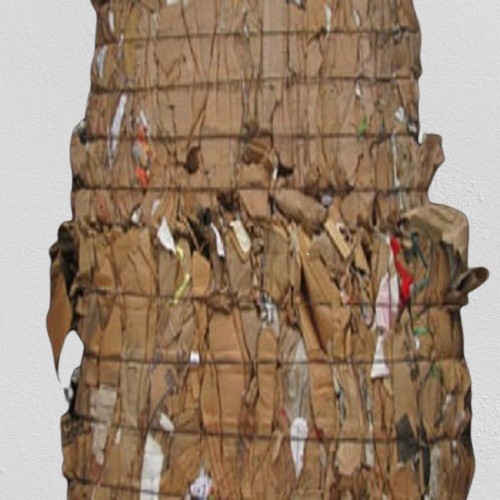
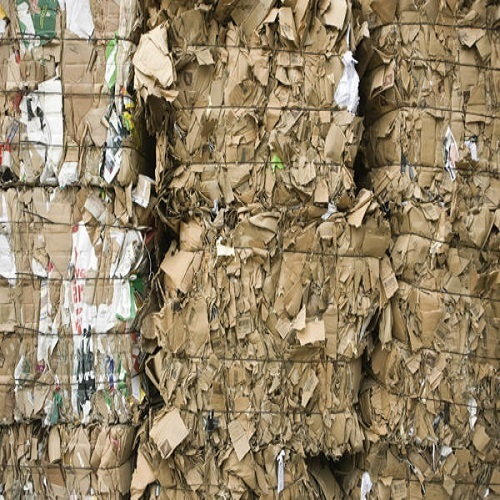
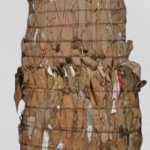
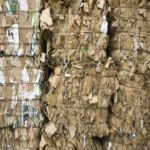
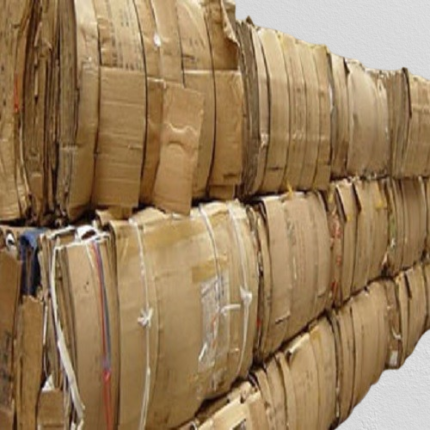
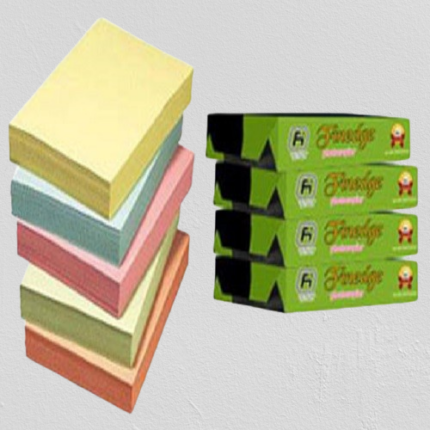
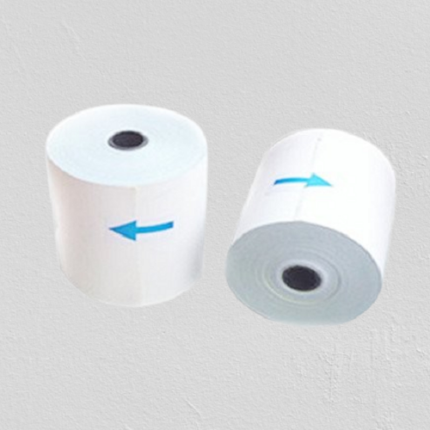
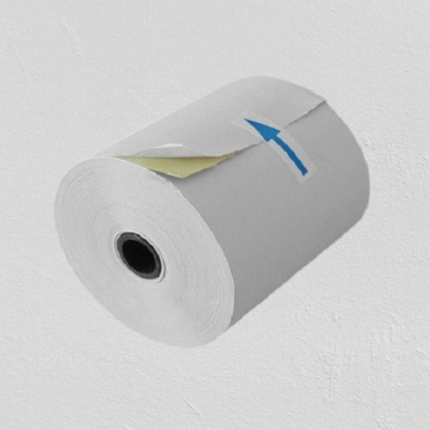
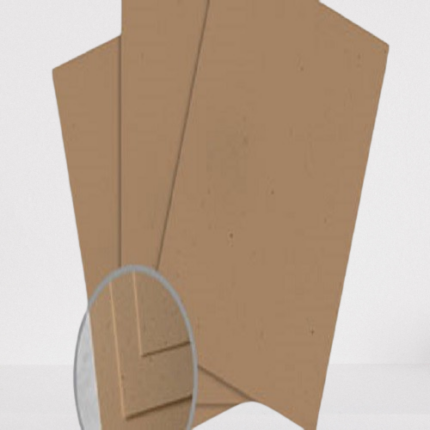
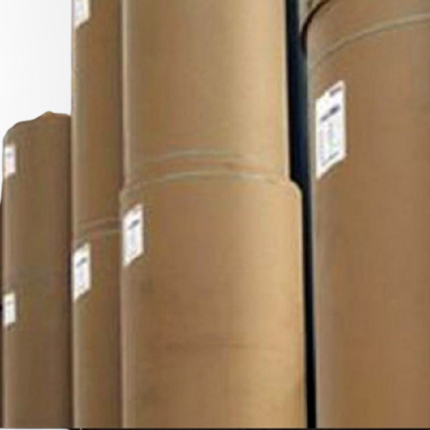
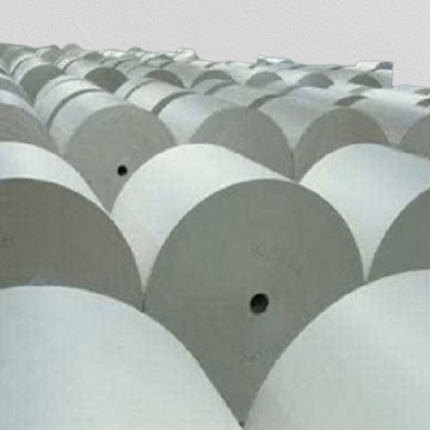
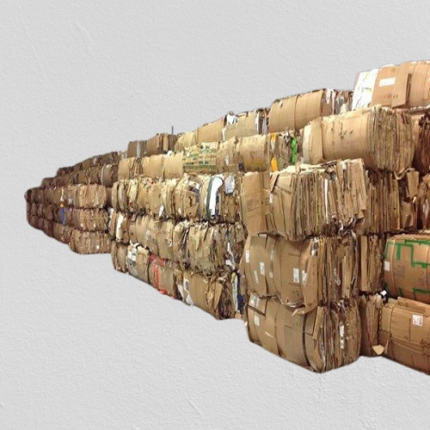
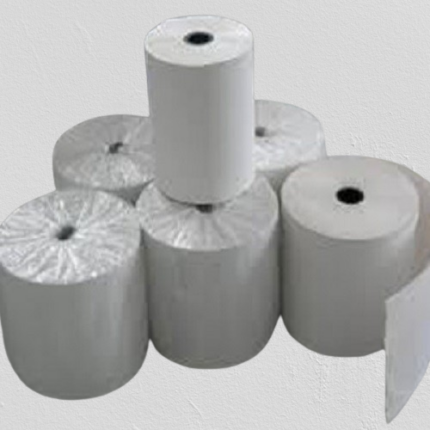
Reviews
There are no reviews yet.